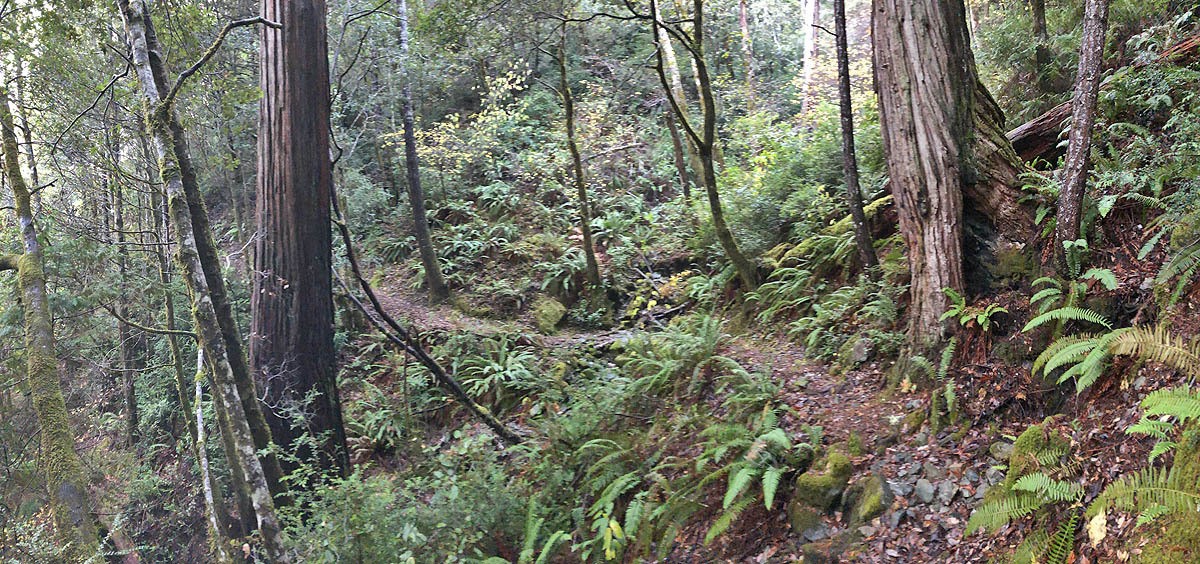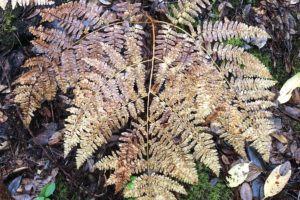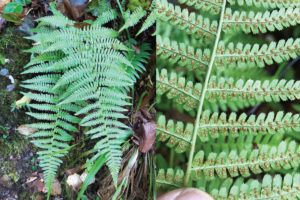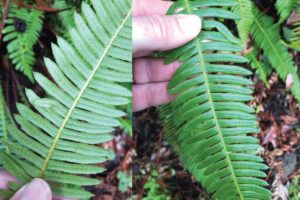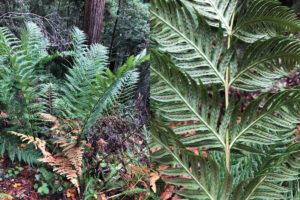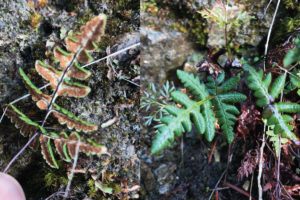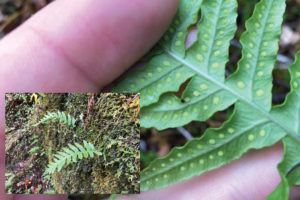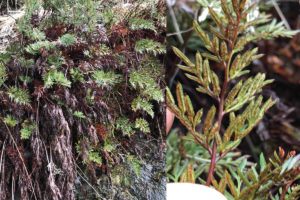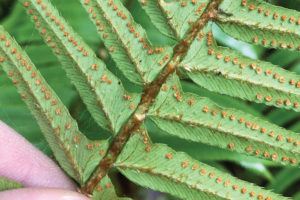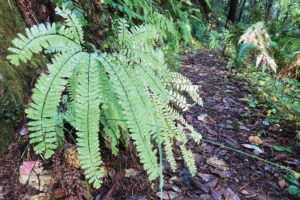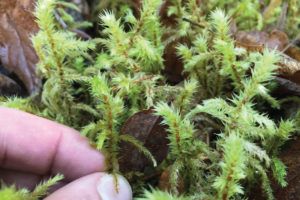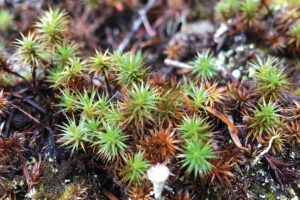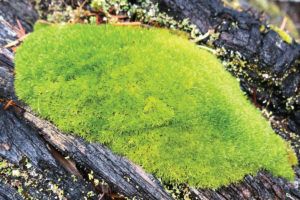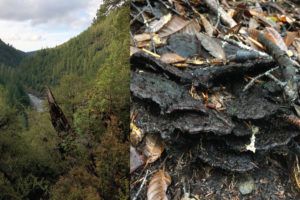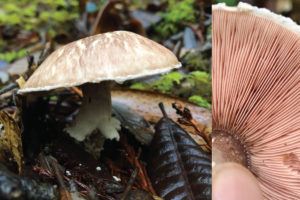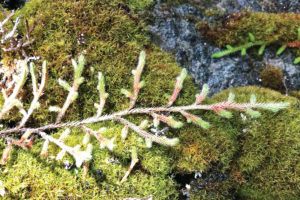What are cryptogams?
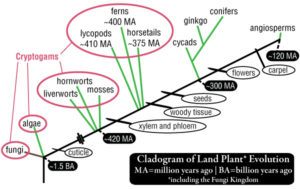 In 1883, August W. Eichler, the prominent plant taxonomist of the day, divided the plant kingdom into two groups: Cryptogams and Phanerogams. Cryptogamae are seedless and have inconspicuous reproductive structures while Phanerogamae produce seeds and have visible reproductive structures (like flowers and cones). Cryptogamae means hidden reproduction, referring to the fact that no seed is produced. Instead reproduction occurs by spores. Eichler only classified plants as cryptogams but the definition has since expanded to include, among others, mushrooms and blue-green algae. This collective group, while taxonomically incoherent because it includes species from more than one Kingdom, represents the most ancient lineages of land-dwelling species on Earth.
In 1883, August W. Eichler, the prominent plant taxonomist of the day, divided the plant kingdom into two groups: Cryptogams and Phanerogams. Cryptogamae are seedless and have inconspicuous reproductive structures while Phanerogamae produce seeds and have visible reproductive structures (like flowers and cones). Cryptogamae means hidden reproduction, referring to the fact that no seed is produced. Instead reproduction occurs by spores. Eichler only classified plants as cryptogams but the definition has since expanded to include, among others, mushrooms and blue-green algae. This collective group, while taxonomically incoherent because it includes species from more than one Kingdom, represents the most ancient lineages of land-dwelling species on Earth.
Astounding diversity of terrestrial cryptogams exists in the Klamath Mountains—represented by mosses, liverworts, lichen, ferns, and forest mushrooms. In northwestern North America, thousands of species of fungi are complimented by 900 mosses, 1500 lichens, 250 liverworts, and 100 ferns¹. From the Klamath Mountain region northward, cryptogams are of great significance in the forests of the Pacific Northwest due, in part, to the high moisture levels in the region. Moisture plays a key role in cryptogamsreproduction.
I am still learning about these ancient plants so the Craigs Creek Trail was a delightful place to test and grow my knowledge
Exploring the Craigs Creek Trail — Del Norte County
Facts (From the Smith River Alliance)
Distance: 3.7 miles
Elevation: 200-200 feet
Difficulty: Moderate
Drive time from Gasquet: 15 minutes
Directions: From Gasquet Visitor Center, Take Hwy 199 west 7.2 miles to South Fork Rd. Turn left onto South Fork Rd and follow the sign to river access. Park in the river access area. Walk back and across South Fork Rd. Trailhead is on north side of Tryon (2nd) Bridge.
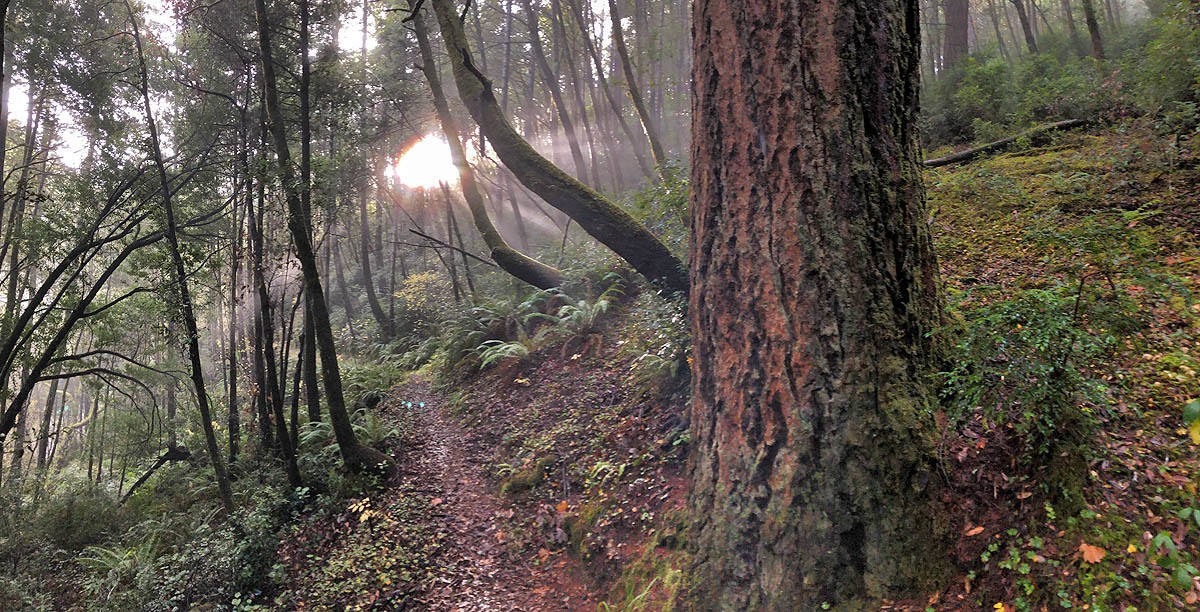
Ferns
Ferns evolved about 400 Ma and today have the most extant species on Earth of all vascular, spore-bearing plants with over 150 genera and 12,000 species. All species have large leaves divided into leaflets called pinnae. Stems, called rhizomes, grow horizontally at or below the soil surface. Fern diversity in the Klamath Mountains is concentrated, as one might expect, in the western coastal forests where as many as 15 species of ferns that can be found. But, somewhat surprisingly, a wide diversity can also be found across the varied habitats found inland depending on elevation, aspect, and geological character of the landscape.
I found 9 species on the Craigs Creek trail.
The other cryptogams: mosses, liverworts, lichens, and forest mushrooms
Citations
- Vitt, Marsh, Bovey. 1988. Mosses, Lichens, and Ferns of Northwest North America. Lone Pine Press.
